Oracle CTO Ellison: Cloud Business To Pass $20B Annual Run Rate Next Year
‘Multi-cloud interoperability is an important step in the evolution of cloud computing. Multi-cloud interoperability is one of the reasons our infrastructure business is booming,’ Oracle CTO Larry Ellison said on the company’s earnings call.
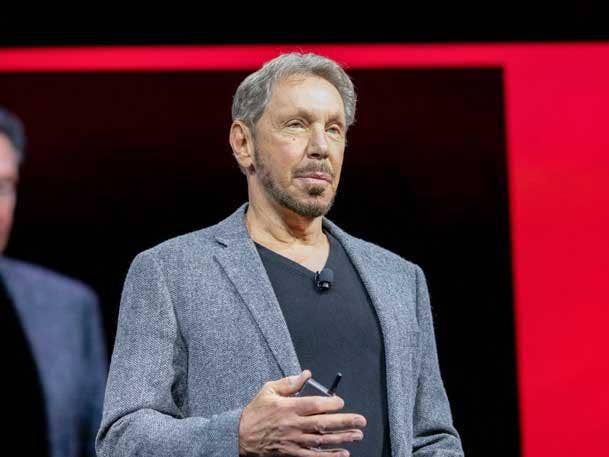
A new era of cooperative competition to meet customer demand for multi-cloud environments, trying to lure away Amazon Web Services’ “most famous brands” and updates on recently acquired Cerner were among the focus areas for Oracle co-founder and CTO Larry Ellison on his company’s most recent quarterly earnings call.
Customers mixing and matching cloud applications and cloud infrastructure from various vendors is an opportunity for the Austin, Texas-based database product giant, Ellison said on the call.
“Multi-cloud interoperability is an important step in the evolution of cloud computing,” he said. “Multi-cloud interoperability is one of the reasons our infrastructure business is booming—growing over 50 percent in U.S. dollars, and almost 60 percent in constant dollars. We expect Oracle’s total cloud business to exceed a $20 billion annual run rate next year.”
[RELATED: Oracle’s Ellison: OCI Is Nabbing The ‘Most Famous’ AWS Brands]
Mark Clayman, CEO of Navisite, an Andover, Mass.-based Oracle partner, told CRN in an interview that the vendor has come a long way with its Oracle Cloud Infrastructure offering.
“[OCI] is a significantly better product than it was even a couple of years ago,” he said. “And they say it—and I would agree with them—that the fact that they were late to the market, I think, really did allow them to take a look at the way that other public cloud providers set up, bill and really created a road map for their infrastructure. And they’ve done a really good job, both from a price and a performance standpoint.”
Still, Clayman hopes to see more investment in the functionality of Oracle’s cloud applications to match their legacy system counterparts.
“They just have been slow to take a lot of the functionality for core ERP solutions—JD Edwards, Oracle E-Business Suite, PeopleSoft—and create that same functionality in their cloud apps,” Clayman said “I just would like to see them continue to accelerate the development.”
In a report published Tuesday on Oracle’s earnings for the first quarter of its fiscal year, a quarter that ended Aug. 31, analysts with investment bank KeyBanc Capital Markets noted good performance in cloud services, license support, remaining performance obligation growth, NetSuite growth, Oracle Cloud Infrastructure growth and Autonomous Database growth.
Negatives included slower database growth, more capital expenditures and services being the driver of this past quarter’s revenue, according to KeyBanc.
“We’re positive on Oracle’s back-office ERP application and OCI strength in a tough macro but remain concerned on Cerner execution and deal impact on the balance sheet, including reduction to the current ~$600M/quarter buyback rate,” according to the report.
Oracle closed its $28 billion purchase of health-care information system provider Cerner in June.
In a report from investment bank Credit Suisse, analysts praised Oracle’s Infrastructure-as-a-Service revenue growth of 58 percent year over year.
“Oracle’s strong FQ1 results and FQ2 and FY2023 guidance commentary reinforce our view that Oracle is well positioned to emerge as the #3/#4 vendor in the PaaS/IaaS market and as the #2 vendor in the SaaS market—enabling the company to continue to reaccelerate revenue growth into the double digits,” according to the report.
Oracle should benefit from customers seeking multiyear, strategic cloud transformation contracts, according to Credit Suisse.
“Whereas the focus of change following the Global Financial Crisis was at the applications layer with the adoption of SaaS, the focus of change is now on the infrastructure and platform layers of the stack,” the report stated., “wWe believe (1) 2022 and 2023 will be defined by businesses moving forward on multi-year, strategic cloud-first transformation roadmaps and (2) expect Oracle to be a key beneficiary of this accelerating trend given its database leadership and ‘down-the-stack’ strategy.”
Here’s what Ellison had to say on the earnings call.
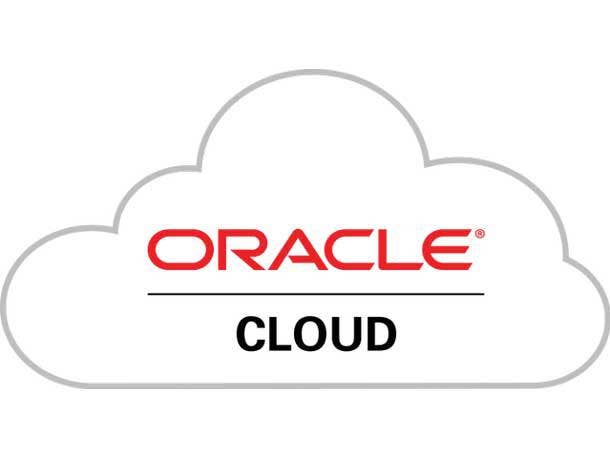
‘The Multi-Cloud Era Has Begun’
Last quarter, Microsoft and Oracle announced that we had built a high-speed interconnect between Microsoft’s Azure Cloud and the Oracle Cloud.
The purpose of this multi-cloud Interconnect is to enable Azure customers to directly use the very latest Oracle database technology, even if their application is running in Azure.
In other words, customers can now use any combination of Microsoft and Oracle Cloud services together—as if they were in one cloud.
That was last quarter. This quarter, Oracle’s making the latest version of our MySQL HeatWave database available in Amazon’s AWS cloud.
Multiple published customer benchmarks have shown that MySQL HeatWave delivers seven times better performance than Amazon Redshift, 10 times better performance than Snowflake and up to 10 times higher throughput than Amazon’s own MySQL database, called Aurora.
The multi-cloud era has begun. Customers are already buying applications and cloud infrastructure from several different providers, including Microsoft, Amazon, Salesforce, Oracle and others.
Our job is to give our customers the ability to choose application infrastructure technology from multiple clouds and then have those different clouds coexist and interoperate gracefully.
Multi-cloud interoperability is an important step in the evolution of cloud computing. Multi-cloud interoperability is one of the reasons our infrastructure business is booming, growing over 50 percent in U.S. dollars, and almost 60 percent in constant dollars.
We expect Oracle‘s total cloud business to exceed a $20 billion annual run rate next year.
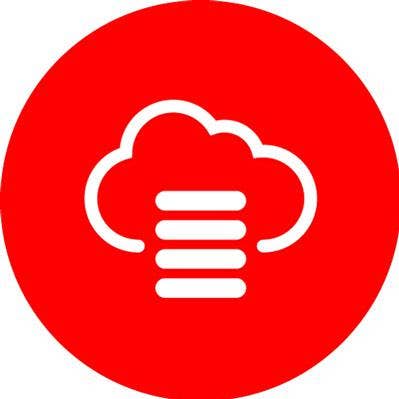
Confidence In OCI
We are the only infrastructure company that builds enterprise-scale applications. As a result of building these enterprise-scale applications, we have made our infrastructure much, much better.
So we not only provide infrastructure and sell infrastructure, we consume the infrastructure ourselves. I think that gives us certain insights as to what we need to build at the infrastructure layer to make our applications secure, reliable and so on. And easy to use and make people productive. … Customers are discovering when they come to our cloud that they’re more productive, that the system runs faster, it’s more secure, it’s easier to use, all of that.
And that’s what gives us confidence that we can build the next generation of health-care applications. Because we do both. We do both applications, enterprise applications and infrastructure. And we’re the only one.
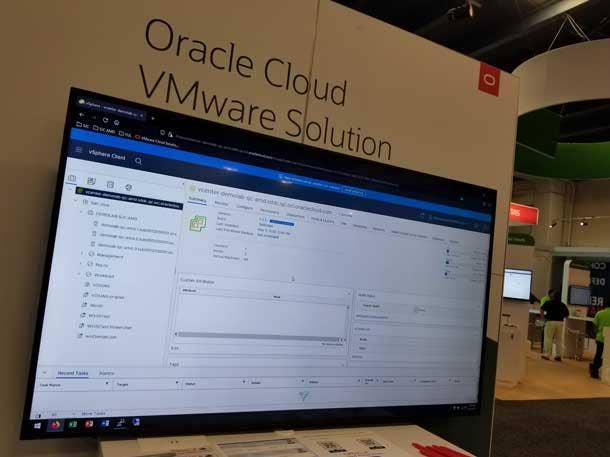
Interoperability A Necessity
A lot of people for years have been concerned about, can Oracle sustain its leading market share in the database business?
And I think what is clear is if our databases are available in multiple clouds, I think then the answer is clearly yes. If our database is not available in multiple clouds, then it’s an interesting question whether we can and maintain it just in our own cloud.
We’ve decided to make our best and greatest technology available in multiple clouds. And that gives customers choice. They can use it in OCI. They can use MySQL HeatWave In AWS. They have choices. But they will be able to choose between, let’s say, Amazon’s Aurora or Oracle’s MySQL HeatWave. They will be able to choose between Snowflake or the Oracle Autonomous Database.
And I think as long as we’re available in multiple clouds, we’re going to be very strong and very, very competitive against these other companies and these other technologies.
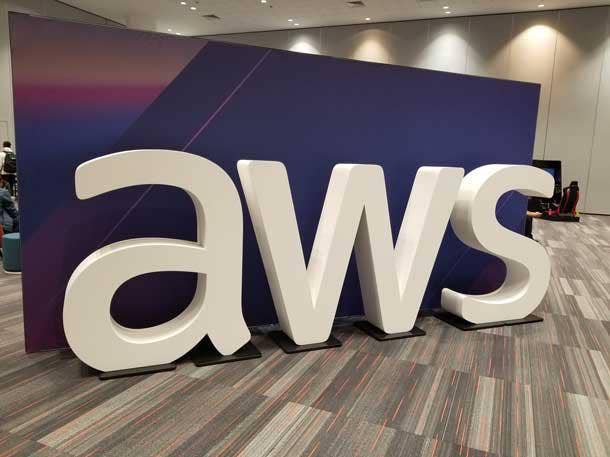
Taking AWS’ ‘Most Famous Brands’
I personally have been talking to some of Amazon’s most famous brands that are running at AWS.
And the AWS bill is getting very large. And they can save a huge amount of money by moving to OCI. And we expect next quarter, we’ll be announcing some brands and companies moving off of Amazon to OCI that will shock you. … The amount of money these huge companies, these very famous companies spend with Amazon is kind of staggering.
I mean, everyone assumes, ‘Hey, I move to the cloud, and I save a lot of money.’ Depends which cloud you move to.
And Oracle is much less expensive than the competition, partially because we’re faster. Time is money when you’re paying by the hour. So again, I’m going to repeat. We’re talking to the most famous brands that are running at Amazon. And some of them are going to be moving very soon.
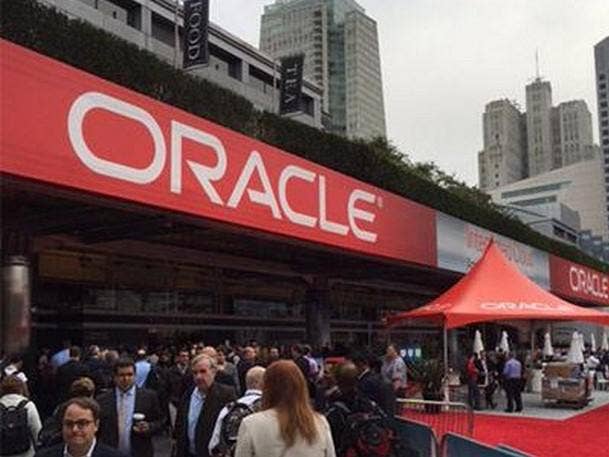
Expansion Plans
We’re expanding because the demand is there. We expect to be growing in the 50 percent range for cloud services. And that means we’re going to have to be adding a lot of data center capacity and opening a lot of new data centers. And we’re doing that.
The fact that we’re running in Oracle cloud data centers, running half of the Tokyo Stock Exchange—ask the other cloud vendors how many stock exchanges they run.
Our stuff is very secure. It’s very reliable. It’s very performant. It’s very, very cost-effective. And we have huge opportunity. Therefore, we’re spending the money to expand.
We have a huge opportunity for growth, and we’re not going to miss it. But … we’re always very cautious. We pay a lot of attention to profitability. But we also have to pay attention to the top line as well as the bottom line and take advantage of this growth opportunity.
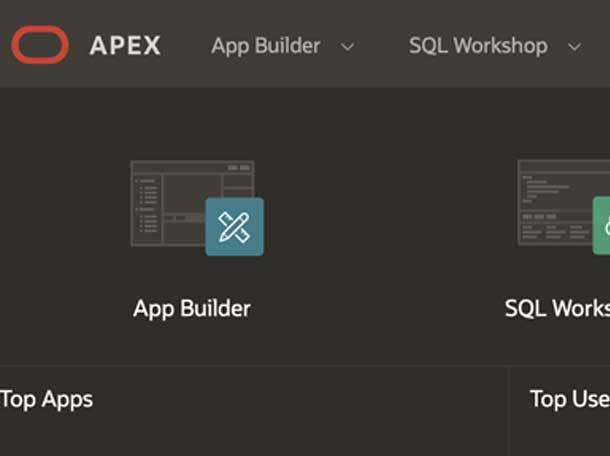
Oracle Apex A Key To Success
One of the things I think that we don‘t really talk about, but I alluded to, is the fact that we both build applications and we run them on our infrastructure.
The tools we use for building applications, our new latest generation of tools, are the Autonomous Database—very different from all the Oracle databases or any other database that came before. There are no DBAs [database administrators]. There is no human labor associated with running the Oracle database anymore. So there can be no human error. The costs are so much cheaper.
Our own cloud, OCI, uses Autonomous Database to run all the control systems because Clay Magouyrk [Oracle’s OCI lead] doesn’t want to hire a lot of DBAs. It’s lower cost.
Also, he doesn’t want any errors of commission. It’s much more reliable than when you have human beings driving the car. We use that for the next generation of Cerner, the Oracle Autonomous Database.
We pair that with an all new application development tool called Apex, which is a low-code tool.
So our newest applications, our very newest applications that we are building, we’re building in the Autonomous Database with Apex, which allows us to do stuff that would have taken three or four years in less than a year.
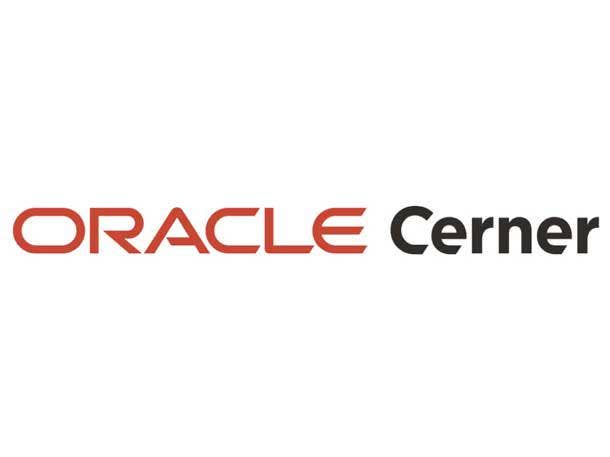
Updating Cerner’s Offerings
So we expect to have our first pretty complete new Cerner health management product out within 12 months, which I think is something we never could have done with the previous generation of databases, or the previous generation of application development tools.
But all of that has changed. We have these phenomenal low-code tools. One of the things with the low-code tool is you don’t have to do security audits because security is built into the tool. You can’t build insecure applications using Apex.
Fault tolerance is built into the tool. If the application should fail, it’s a stateless application, so it will immediately fail over into another data center in a millisecond and keep running. No one will even know about the failure.
So our new generation of application development tools is going to enable us to modernize the Cerner technology at a rate that would be inconceivable a couple of years ago.